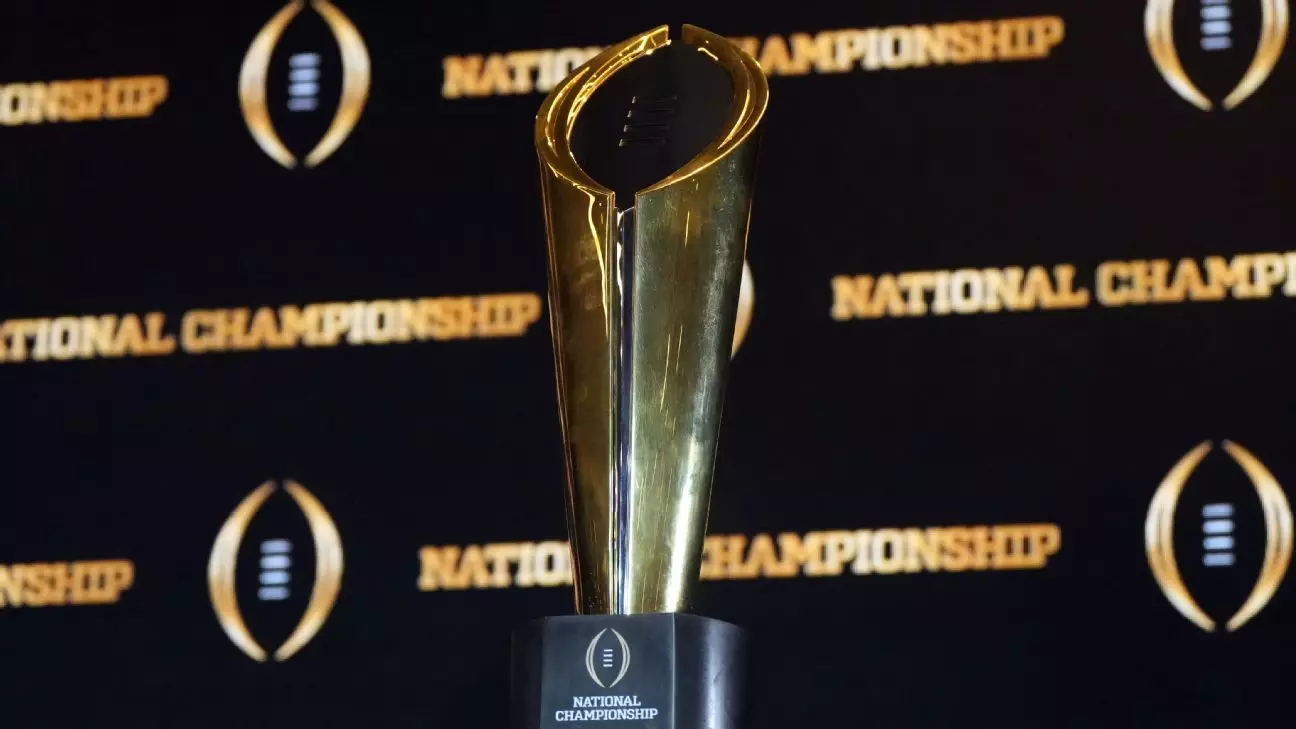The College Football Playoff continues to evoke strong emotions among fans, players, and administrators alike, especially in light of recent scheduling complications that have arisen from tragic circumstances. Commissioner Greg Sankey’s request to revise the timing of the Goodyear Cotton Bowl Classic and the Capital One Orange Bowl highlights the complexities of college football logistics, especially when unforeseen events necessitate a reevaluation of established practices. Despite Sankey’s concerns regarding a potentially uneven playing field for Notre Dame, the decision-makers ultimately chose to maintain the original schedule, revealing the intricate dance of tradition, safety, and respect for the involved parties.
Post-Tragedy Adjustments
The violent incident in New Orleans that overshadowed the Allstate Sugar Bowl left a profound impact on the football community. With 15 lives lost and many more affected, the atmosphere surrounding the sporting events transformed into one of somber reflection. As games resumed, organizers were left scrambling to ensure safety protocols were in place, leading to an 18-hour delay for the Sugar Bowl. While this concessional adjustment aimed to provide a secure environment for those involved, it bore the burden of altering the momentum and preparation time for participating teams.
Sankey’s insistence on reconsidering the scheduling arrangements stems from a critical understanding of the game’s fabric—timing is everything. For Notre Dame, facing Penn State with a shorter turnaround time than their opponent adds an additional layer of pressure. Meanwhile, Penn State’s extended rest could offer them a strategic advantage, potentially skewing the playing field. Events like this force leaders in college athletics to weigh the ramifications of their decisions, revealing the often-unseen challenges that accompanies event management at such a high level.
The ripple effects of scheduling decisions extend beyond just the teams in play; entire communities are invested. As Sankey articulated on “The Paul Finebaum Show,” local businesses and fan bases have already made arrangements. Changing game times could have broader implications for these communities, from hotel bookings and travel plans to the economic impact of hosting large audiences. The logistical nightmare that could follow a scheduling amendment is not merely an inconvenience; it can alter community dynamics in significant ways.
In times of crisis, open communication becomes paramount. Sankey’s proactive approach in reaching out to relevant stakeholders—despite the lack of immediate response—underlines the importance of being receptive to emerging challenges. His deliberations demonstrate a commitment to fairness, safety, and competitive integrity, all of which are vital to the health of collegiate sports. However, as Clark pointed out, the intricate logistics of changing game times can often overwhelm the potential benefits, prompting a need for careful consideration of all factors involved.
As college football navigates these turbulent waters, the inherent need for adaptability shines through. Sankey’s comments about adjusting to unforeseen circumstances resonate beyond the realm of sports; they reflect a larger ethos of resilience when faced with adversity. The essence of competitive sports lies not only in the games played but also in how entities respond to challenges, both on and off the field.
While the decision to maintain the scheduling of the Goodyear Cotton Bowl Classic and the Capital One Orange Bowl may feel disheartening for some, it embodies the challenges of harmonizing traditions, logistics, and the safety of all parties involved. Each game represents a microcosm of broader societal dynamics, with college football serving as a poignant reminder of the delicate balance between competition and community amidst times of tragedy. The stakes are high, and as this season unfolds, it will be essential for all involved to recognize that adaptation is not just a tactical necessity—it’s a testament to the spirit of the game itself.

